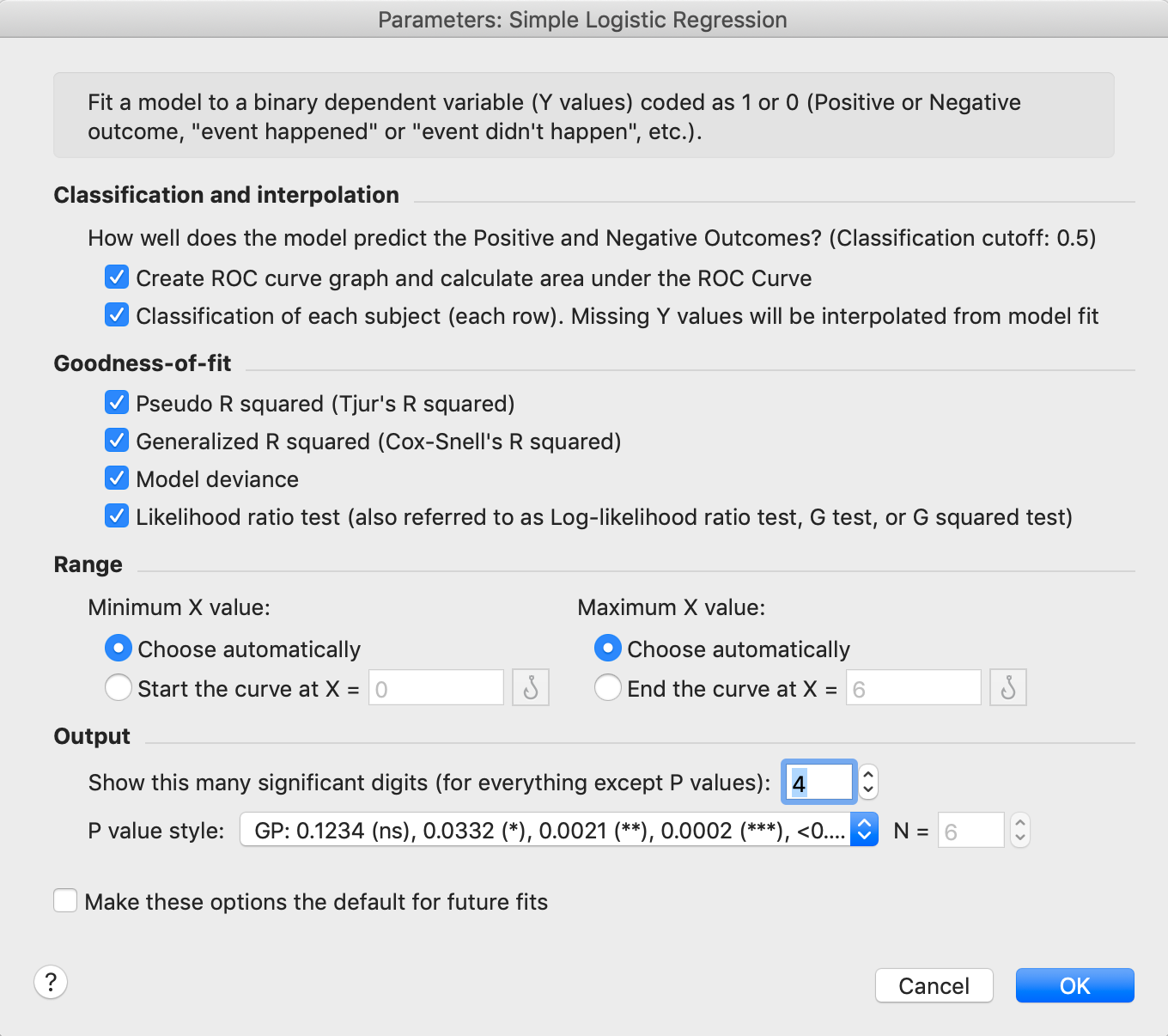

Given a dataset of the standard samples to fit a logistic concentration–response curve, often there are two model choices to make. It is worth mentioning that the first appearance of asymmetric logistic models dates back to Richards ( 1959) in the experimental botany literature. The 5PL model adds a fifth parameter to the model to allow the sigmoid curve to be asymmetric around its inflection point. Finney in 1970 (as mentioned in Rodbard and Frazier, 1975), and the extension to a five-parameter logistic (5PL) model followed a few years later (Prentice, 1976 Rodbard et al., 1978 Finney, 1979). The four-parameter logistic (4PL) model was introduced by D.J. For nonlinear calibration problems, the parametric methods based on logistic curves are the most studied and are widely available in many commercial curve-fitting software, e.g., MasterPlex, Bio-Plex, GraphPad Prism, and StatLIA. Many methods have been proposed for fitting concentration–response or dose–response curves, including parametric, semiparametric (Nottingham and Birch, 2000 Yuan and Yin, 2011), nonparametric (Bornkamp and Ickstadt, 2009), and model averaging methods (Faes et al., 2007 Morales et al., 2006). To estimate the substance concentrations in the clinical samples, the concentration–response relation first has to be established using the standard samples.

A typical run of the MBA assay is conducted on 96-well plates with some wells containing serial dilutions of standard samples, whose concentrations are known, and some wells containing clinical samples, whose concentration estimates are of interest. For example, a modern assay for quantifying proteins in a clinical sample is the multiplex bead array (MBA) assay. At the same time, the experimental outcomes are also taken for the clinical samples of interest. Oftentimes, the measurement is carried out via a calibration experiment, wherein a standard sample containing a known concentration of the substance to be measured is diluted multiple times at the same dilution ratio, and experimental outcomes are acquired at each dilution. Measuring the concentration of a substance accurately is an essential part of many biomedical studies.


 0 kommentar(er)
0 kommentar(er)
